| __timestamp | Ingersoll Rand Inc. | Westinghouse Air Brake Technologies Corporation |
|---|---|---|
| Wednesday, January 1, 2014 | 26000000 | 61886000 |
| Thursday, January 1, 2015 | 26000000 | 71213000 |
| Friday, January 1, 2016 | 22000000 | 71375000 |
| Sunday, January 1, 2017 | 26000000 | 95166000 |
| Monday, January 1, 2018 | 24000000 | 87450000 |
| Tuesday, January 1, 2019 | 25000000 | 209900000 |
| Wednesday, January 1, 2020 | 58000000 | 162100000 |
| Friday, January 1, 2021 | 74000000 | 176000000 |
| Saturday, January 1, 2022 | 91000000 | 209000000 |
| Sunday, January 1, 2023 | 108000000 | 218000000 |
| Monday, January 1, 2024 | 0 | 206000000 |
Cracking the code
In the ever-evolving landscape of industrial technology, research and development (R&D) spending is a key indicator of a company's commitment to innovation. Over the past decade, Ingersoll Rand Inc. and Westinghouse Air Brake Technologies Corporation have demonstrated contrasting approaches to R&D investment.
From 2014 to 2023, Westinghouse Air Brake Technologies consistently outpaced Ingersoll Rand, with R&D expenses peaking at 218% higher in 2023. This trend underscores Westinghouse's aggressive pursuit of technological advancements. Meanwhile, Ingersoll Rand's R&D spending grew steadily, culminating in a 315% increase over the same period.
These figures highlight the strategic priorities of each company. While Westinghouse focuses on maintaining its technological edge, Ingersoll Rand is ramping up its efforts to close the gap. As the industrial sector continues to innovate, these investments will likely shape the future of both companies.

Revenue Insights: Ingersoll Rand Inc. and Westinghouse Air Brake Technologies Corporation Performance Compared
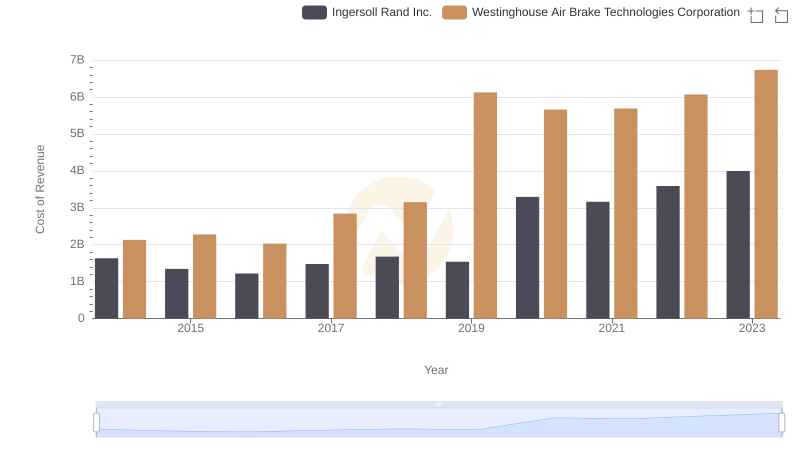
Cost of Revenue Comparison: Ingersoll Rand Inc. vs Westinghouse Air Brake Technologies Corporation
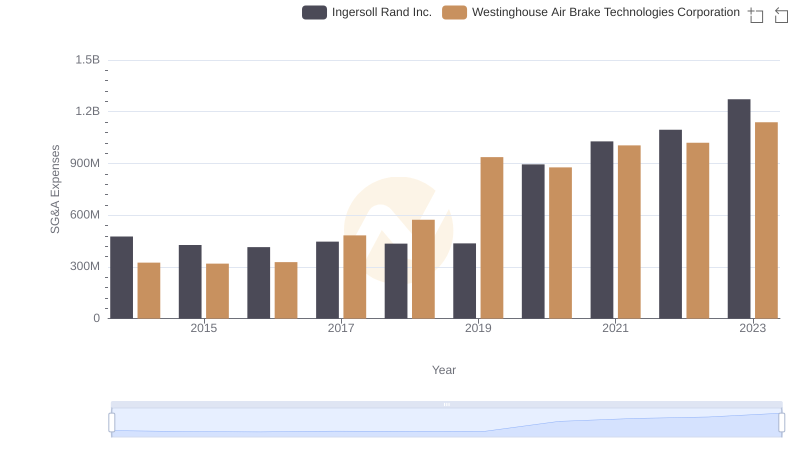
Comparing SG&A Expenses: Ingersoll Rand Inc. vs Westinghouse Air Brake Technologies Corporation Trends and Insights
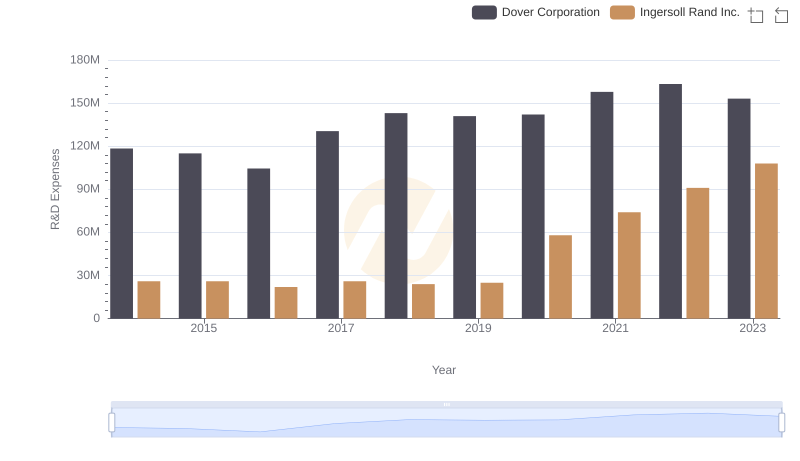
R&D Insights: How Ingersoll Rand Inc. and Dover Corporation Allocate Funds
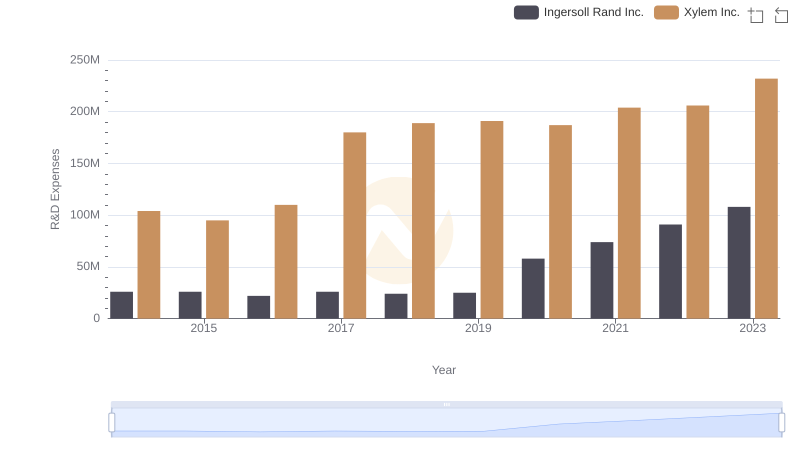
Research and Development Investment: Ingersoll Rand Inc. vs Xylem Inc.
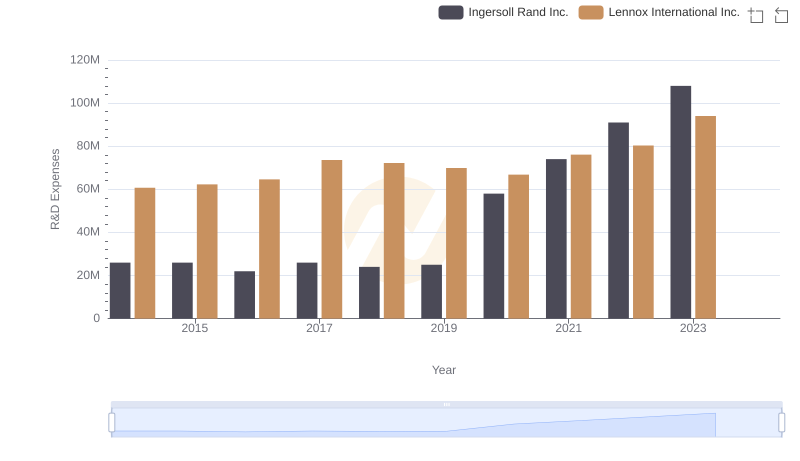
Ingersoll Rand Inc. or Lennox International Inc.: Who Invests More in Innovation?
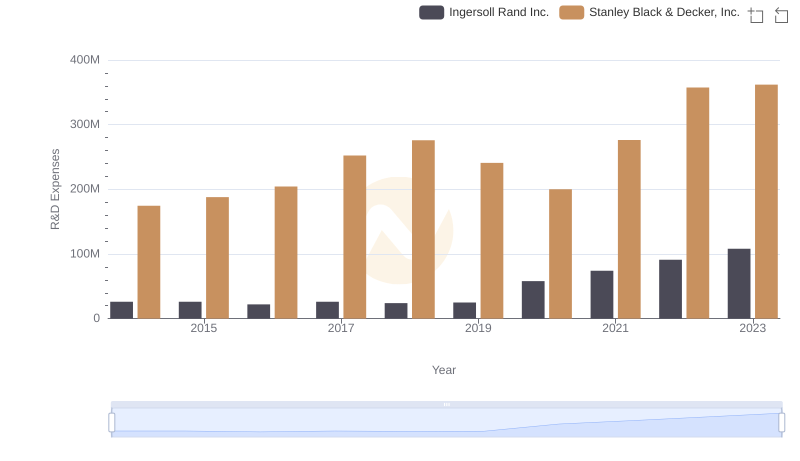
Ingersoll Rand Inc. or Stanley Black & Decker, Inc.: Who Invests More in Innovation?
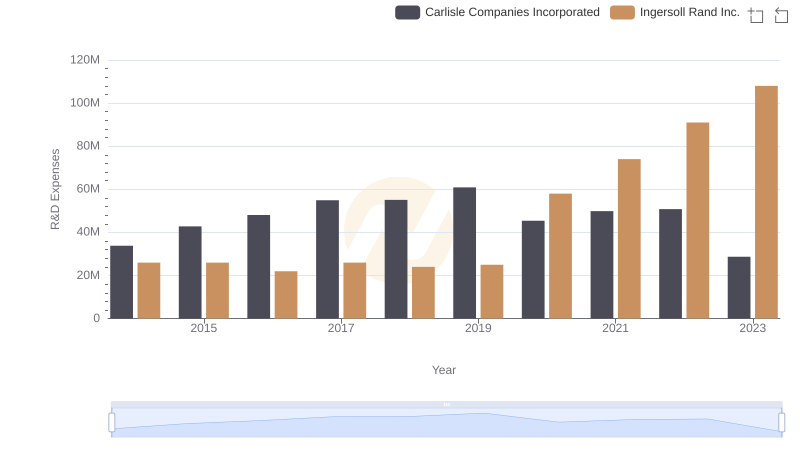
Research and Development: Comparing Key Metrics for Ingersoll Rand Inc. and Carlisle Companies Incorporated
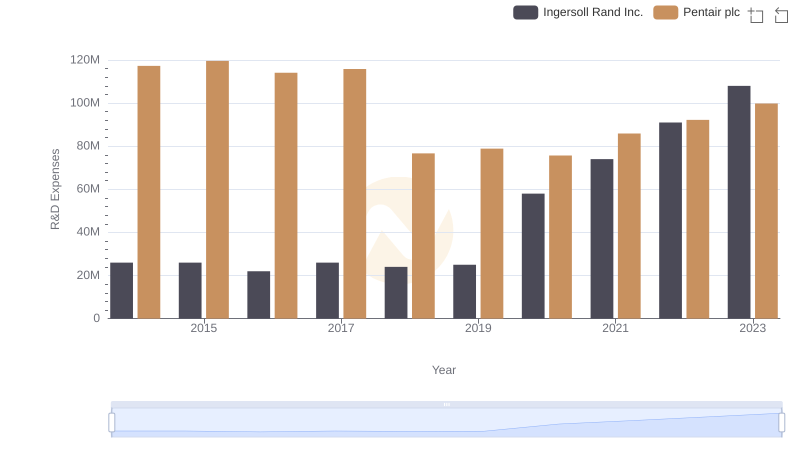
Comparing Innovation Spending: Ingersoll Rand Inc. and Pentair plc